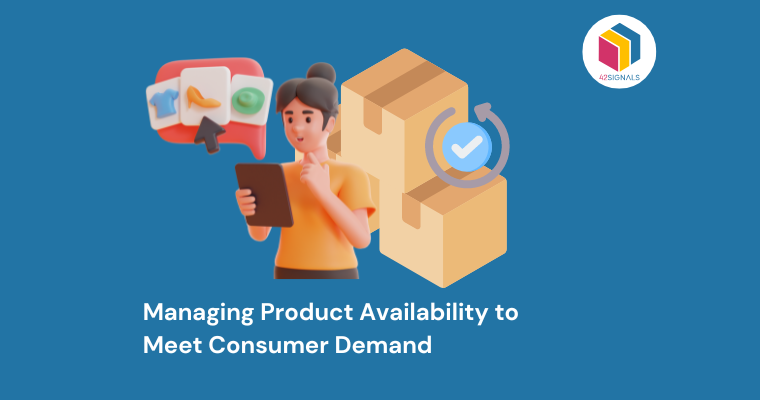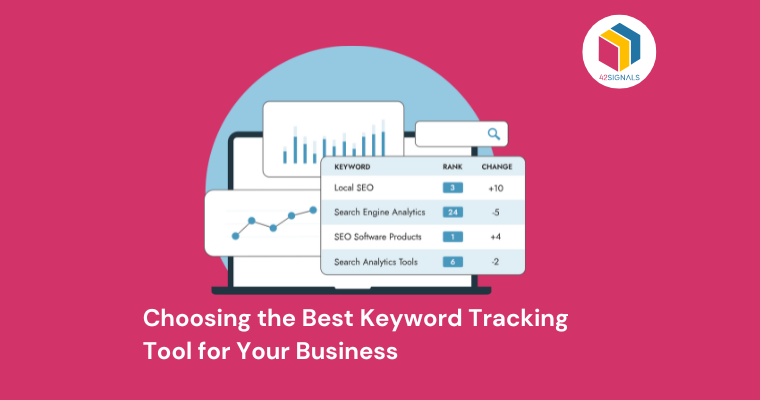eCommerce in India underwent a significant transformation due to the COVID-19 pandemic. While some brick-and-mortar businesses struggled during the economic downturn, online businesses generally thrived. Many companies experienced an uptick in traffic and customer growth, while others discovered new niche products to sell, resulting in new entrants to the e-commerce market.
In 2020, the Indian e-commerce market was worth $26.8 billion compared to $38.5 billion dollars in 2021*. That’s a 43.6 percent year-on-year growth for the sector. In the same year, India’s eCommerce sector received US$ 15 billion of PE/VC investments which is a 5.4 times increase year on year. This is the highest investment any sector has ever received in India.
The outlook for 2023 in the e-commerce industry is optimistic, with projections for significant growth. According to a report published on ResearchGate, eCommerce in India is expected to surpass $62 billion in 2023 and follow a minimum 14% year-on-year growth rate until 2028.
This significant expansion along with the initiatives led by the Indian government is a powerful driving force for e-commerce growth.
India’s Evolving E-Commerce Market
The behavior of customers has drastically changed in recent years, with a significant shift towards online shopping. Due to an abundance of products and the emergence of new categories such as groceries, home salon services, and quick goods and services delivery, the Indian e-commerce market has seen a significant rise in popularity. This has led consumers to rely heavily on online shopping to meet their needs.
The rise of large multinational corporations and international brands entering the Indian e-commerce market has given them greater visibility and made it easier for customers to engage with their products. Thus, the increased popularity of online shopping is a result of various factors –
- Availability of international brands and new shopping segments
- Improvements in product accessibility and expansion of product categories
- Altered customer behavior skewed towards shopping online since the pandemic
The above factors combined with the Indian government’s initiatives like ONDC, create several opportunities for businesses in the online marketplace. As the industry grows, challenges pertaining to infrastructure and logistics, limited reach in rural areas, and lack of trust in online transactions have to be overcome.
Strategies for Staying Ahead
Personalization and Customization
Data and analytics have been the focus of several businesses as it provides valuable insights into customer behavior and the forces that drive them. The adoption of Artificial Intelligence can prove to be invaluable in providing hyper-focused customer predictions that shed light upon new ways of personalizing their experiences. Utilizing these understandings to tailor marketing campaigns and recommendations as per the user’s wants and needs can add tremendous value.
Being Mindful of Customers’ Needs
Another advantage of data analytics is incorporating it to drive the decision-making process so companies can better understand consumer preferences. This includes offering products that align with current trends, such as eco-friendly, vegan, and sustainable options, which are becoming increasingly important to consumers. Additionally, with analytics, companies can identify areas for improvement and make necessary changes to their business strategies and operations. This allows them to stay competitive and meet the evolving needs of their customers.
Mobile Traffic
It isn’t news that most website traffic is through mobile devices. People spend a significant part of their day using mobiles, hence optimizing the shopping experience for smartphones via apps and mobile-optimized websites is essential. This allows companies to leverage mobile-specific features such as push notifications – reminders, alerts, order updates – that improve the brand recall ability.
Expansions to New Regions
India being such a diverse country with one of the highest populations in the world, can be extremely beneficial for companies looking to expand. Focusing on Tier 2 and Tier 3 cities by creating content in their language and making their product/service accessible to them will help brands connect to audiences most companies fail to serve.
Social eCommerce in India
The younger generation comprises a significant amount of the online demographic, heavily using platforms such as Snapchat, Instagram (Reels), and YouTube (Shorts). According to the Future of Commerce, global sales via social media platforms were estimated at 992 billion dollars in 2022. This data is critical for businesses as they must be visible on these platforms to reach their audiences and drive revenue.
Diversification
Businesses such as Nykaa, JioMart, and Flipkart have diversified their product offerings into new segments. This has helped the companies tap into different markets and cater to new audiences, increasing their customer base. It has also established them as a one-stop-shop wherein the customer can stay on one platform for all their shopping needs.
Final Thoughts
The online marketplace has seen a considerable evolution in the last decade alone. With the country becoming increasingly digital-savvy and the government’s efforts to improve accessibility to all corners, the e-commerce market has yet to hit its strides.
As new players enter the online retail domain, the scope for growth and opportunities continue to be promising. India benefits from a robust customer base inclined towards shopping online, and the demand for e-commerce goods and services will match if not surpass the supply. By adopting the above strategies and a platform giving visibility into retail data analytics, brands can remain competitive and stay ahead in the market.
*Data sourced from Statista and Mordor Intelligence.





